Kabul, Afghanistan, 25 August 2014 – UN-Habitat held a two-day workshop in Kabul focused on urban planning as part of the Community-Based Municipal Support Programme (CBMSP). The workshop was attended by over 100 participants from the Ministry of Urban Development Affairs, the Independent Directorate of Local Governance (IDLG), Kabul Municipality and the four Provincial Municipalities where the programme is being implemented: Herat, Kandahar, Jalalabad and Mazar-e-Sharif.
UN-Habitat supports the Kenya Municipal Programme
UN-Habitat is collaborating with the Kenya Municipal Program (KMP) in capacity building for Participatory Urban Planning in the country. The collaboration is targeted at towns in Cluster III (Machakos, Thika, Embu) and Cluster IV (Naivasha, Nakuru, Nyeri ) of the Municipal Programme and aims to support the Government of Kenya to: 
Urban Planning for City Leaders
 Urban Planning for City Leaders is a valuable source of information, inspiration and ideas on urban planning that is designed for city leaders and decision makers at a critical moment in human history. Predicted human population growth over the next 50 years will have immense consequencesfor all cities, in particular intermediate cities with populations of up to two million people.
Urban Planning for City Leaders is a valuable source of information, inspiration and ideas on urban planning that is designed for city leaders and decision makers at a critical moment in human history. Predicted human population growth over the next 50 years will have immense consequencesfor all cities, in particular intermediate cities with populations of up to two million people.

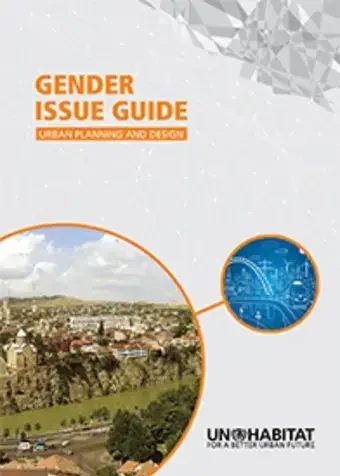
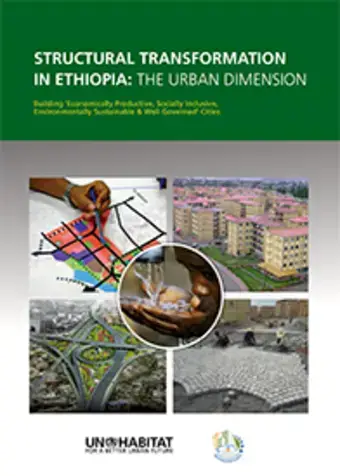
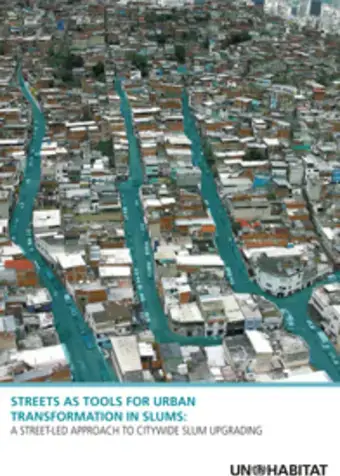
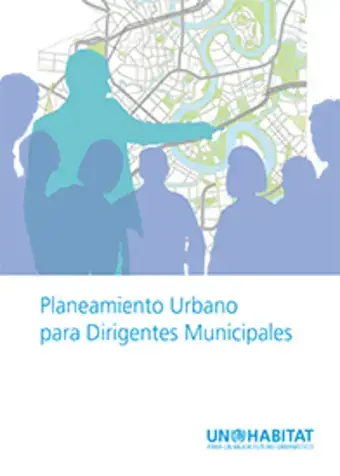
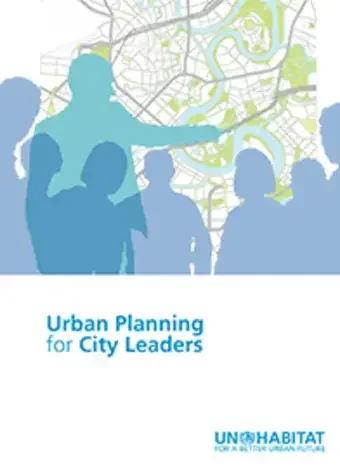
 Different types and approaches of urban and territorial planning exist and have been tested worldwide without simple and universally agreed principles to guide decision makers towards sustainable development.
Different types and approaches of urban and territorial planning exist and have been tested worldwide without simple and universally agreed principles to guide decision makers towards sustainable development.